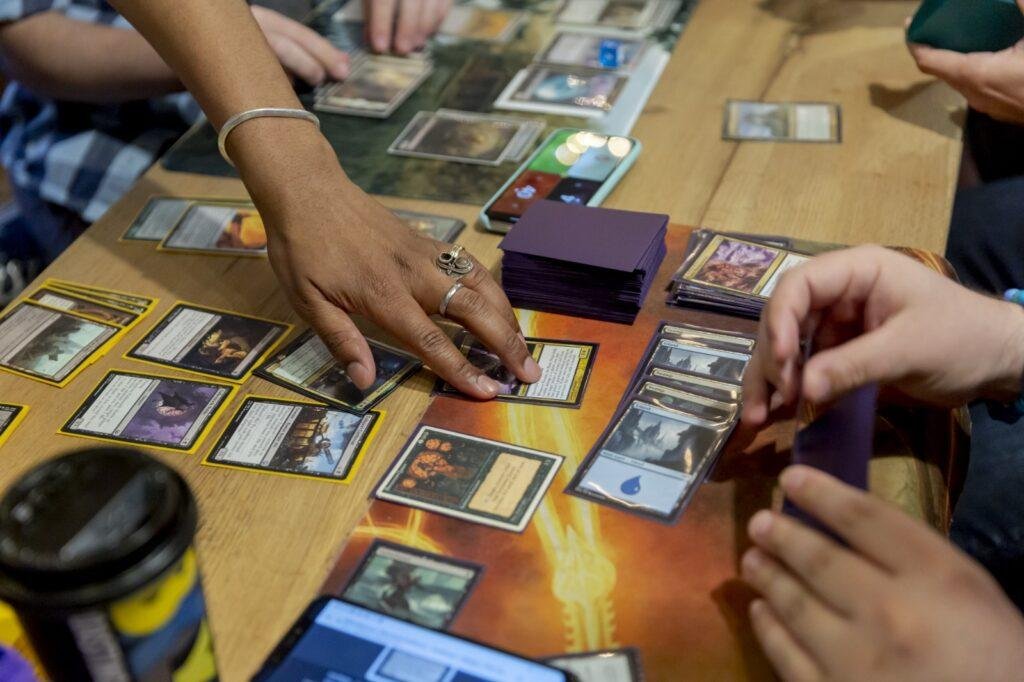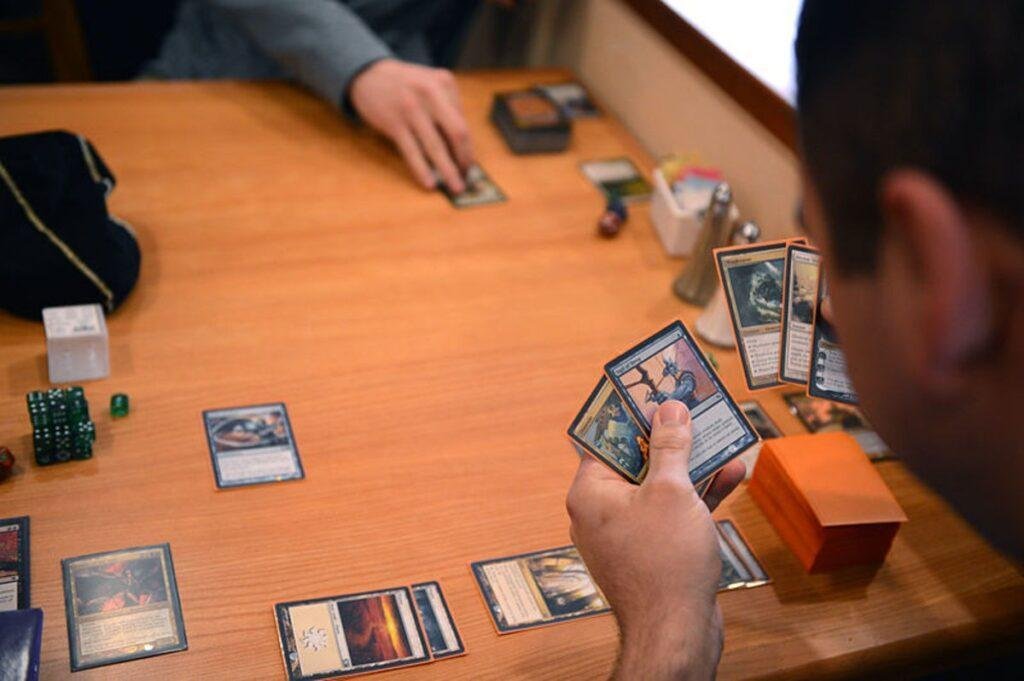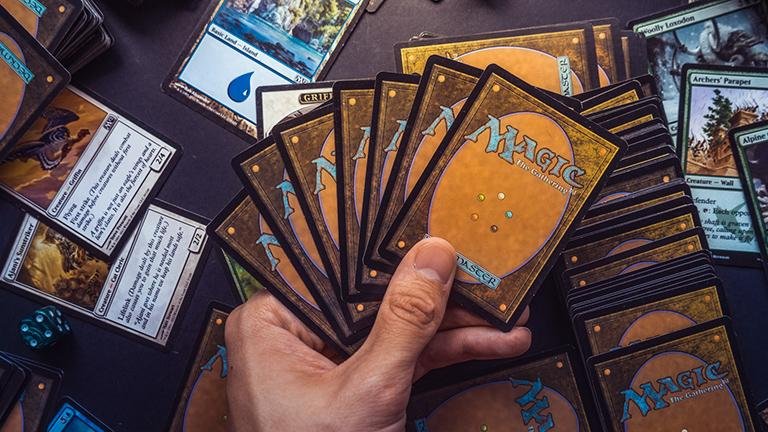In the world of trading card games, victory often hinges on more than just the cards in your hand; it also depends on your ability to read your opponent.
By understanding their strategies, anticipating their moves, and adapting your gameplay accordingly, you can gain a significant advantage and increase your chances of success. In this article, we delve into the art of reading your opponent in and how it can elevate your gameplay to new heights.
1. Observing Play Patterns
One of the first steps in reading your opponent is to observe their gameplay patterns. Pay attention to the cards they play, the order in which they play them, and their reactions to different situations. By identifying patterns in their behavior, you can gain insights into their strategy and predict their next moves.
2. Recognizing Tells
Just like in poker, players in trading card games often have “tells” – subtle cues that reveal information about their hand or intentions. These tells can be physical, such as changes in posture or facial expressions, or verbal, such as comments or reactions to specific plays. By recognizing these tells, you can gain valuable information that can help you make more informed decisions.

3. Evaluating Risk vs. Reward
Another important aspect of reading your opponent is evaluating the risk vs. reward of their actions. Consider the potential benefits and drawbacks of each play they make, and try to determine their thought process behind each decision. This can help you anticipate their next moves and plan your own strategy accordingly.
4. Predicting Future Plays
Based on your observations and analysis, try to predict your opponent’s future plays. Consider what cards they are likely to have in their hand, what strategies they are likely to employ, and how you can best counter their moves. By staying one step ahead, you can maintain control of the game and dictate the pace of play.
5. Adapting Your Strategy
Finally, use your insights into your opponent’s gameplay to adapt your own strategy. If you believe they are holding a specific card or planning a certain play, adjust your tactics to counteract their strategy. This may involve playing more defensively, holding onto key cards, or making unexpected plays to throw them off guard.

Reading your opponent is a skill that can take your card gameplay to the next level. So, the next time you sit down to play any card game, remember to keep an eye on your opponent – they may just hold the key to your victory.
Let us know what other Card Game guides you’d like to see in the future! Leave us a comment below.












